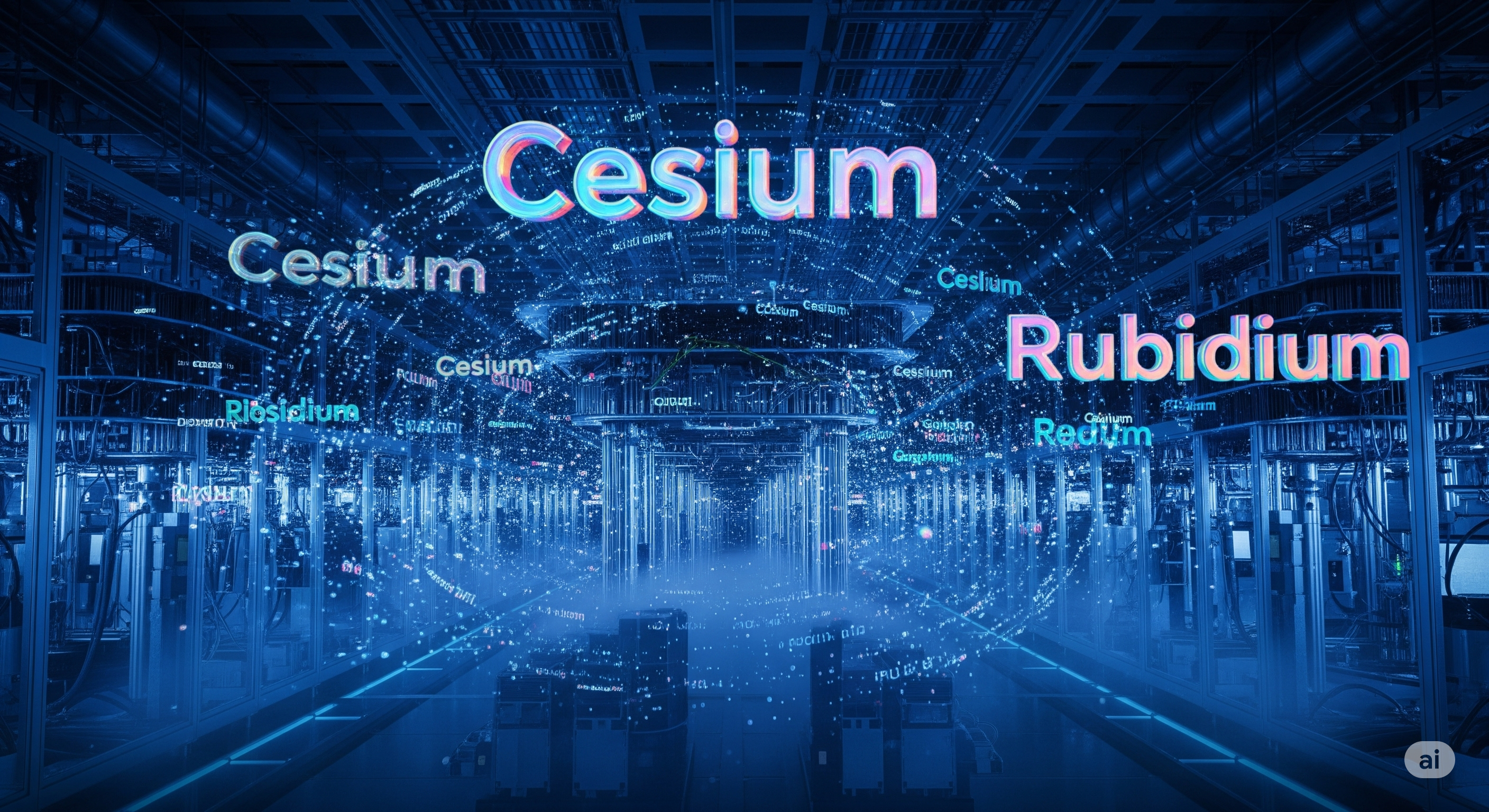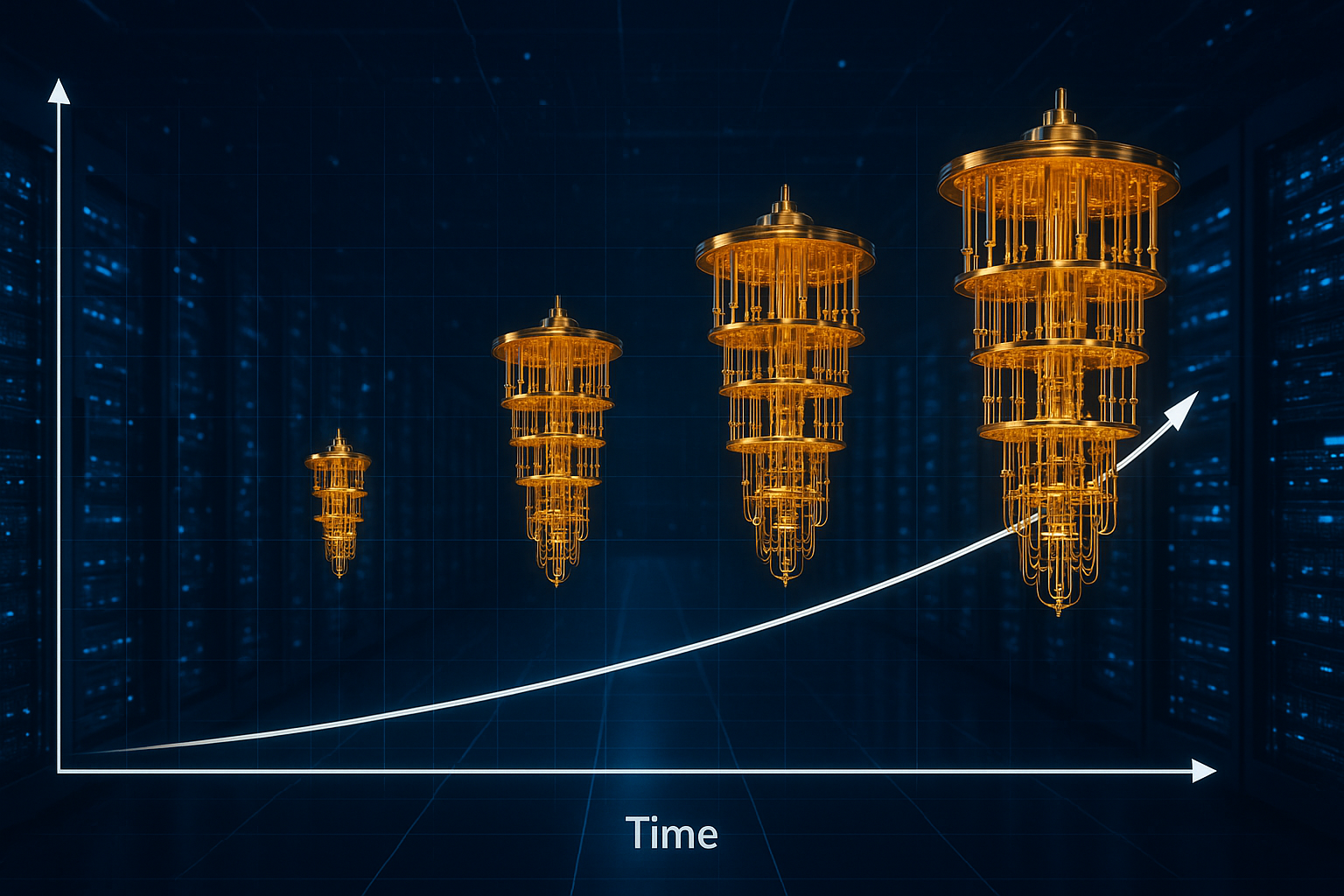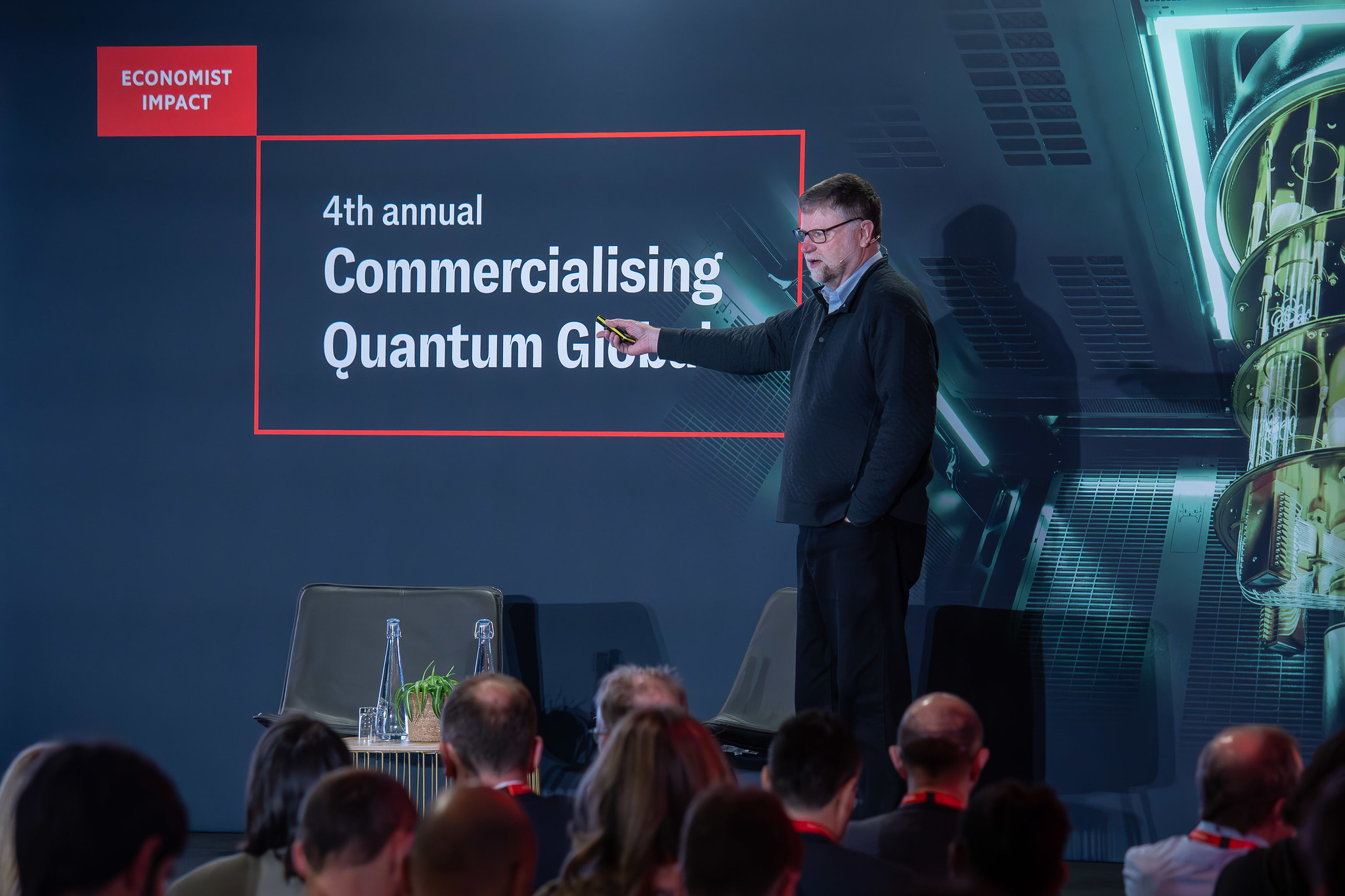Commentary and a selection of the most important recent news, articles, and papers about Quantum.
Today’s Brief Commentary
I’m catching up after attending and speaking at the Inside Quantum Technology Quantum+AI conference in New York City this week. As a result, today’s collection of links is a smorgasbord of recent news and articles from the quantum world.
My comment today relates to something I heard at the conference. I think the jury is still out (and will be for some time) on whether quantum computing will use much less energy than classical computations. We have to consider several important questions:
- Will we be comparing apples to apples? That is, are we really trying to compute the same thing with both forms of computing? The algorithms are certainly different. Will the input datasets be the same?
- Will we be precise enough to measure the difference when we develop new workflows with classical/HPC, quantum, and AI? I think people get too much into the weeds with algorithms when they should be speaking about the complete workflow required to get a solution.
- I think that extrapolating energy usage from today’s small machines is an exercise in the arithmetic of imprecise or made-up numbers being multiplied and added.
- Quantum will show its true value when we can compute solutions to problems that are impossible to do with classical systems alone. In this case, to what are we comparing the energy use of quantum systems?
I think it’s an argument that sounds great, but we won’t know until we get beyond doing toy problems and have real implementations of large and powerful enough quantum computers. I use the word “toy” to be provocative, but also to contrast with the eventual large and practical problems for which we hope to use quantum systems.
Packt is running a special sale until November 1 on my quantum computing book Dancing with Qubits, Second Edition.
The book has twenty 5-star ratings, and the paperback will be 20% off between now and the end of the month.
General News, Articles, and Analyses
ORCA Computing Unveils The PT-2: Delivering Quantum-Enhanced Generative AI Capabilities
(Tuesday, October 29, 2024) “ORCA Computing today announced the unveiling of the PT-2, the latest advancement in its PT Series of photonic quantum systems. Building on the success of the PT-1, which has deployed seven on-premises systems, the PT-2 represents a significant leap forward in practical quantum computing. The PT-2 continues ORCA’s strategy to redefine quantum computing by offering a commercially viable solution, with seamless integration with high-performance computing (HPC) infrastructures. Its quantum-enhanced machine learning capabilities are integrated with the NVIDIA CUDA-Q development platform and can be combined with generative AI models, providing the nearest path to industrial scale quantum AI. This approach marks a radical departure from the limitations of other quantum approaches, empowering organizations to effectively embed quantum computing into generative AI and optimization workflows.”
Research Consortium Advances Diamond Spin Photon Quantum Computing | Research & Technology | Oct 2024 | Photonics Spectra
https://www.photonics.com/Articles/Research_Consortium_Advances_Diamond_Spin_Photon/p5/a70428
(Tuesday, October 29, 2024) “Under the coordination of the Fraunhofer Institute for Applied Solid State Physics IAF, a consortium of 28 partners is working on the project “SPINNING — Diamond spin-photon-based quantum computer” to develop a quantum computer based on spin photons and diamond. This should be characterized by lower cooling requirements, longer operating times, and lower error rates than other quantum computing approaches. The hybrid concept of the spin-photon-based quantum computer also provides for greater scalability and connectivity, which enables flexible connection with conventional computers.”
D-Wave Deemed “Awardable” Vendor for US Department of Defense Chief Digital and Artificial Intelligence Office’s Tradewinds Solutions Marketplace
(Thursday, October 31, 2024) “The Tradewinds Solutions Marketplace is the premier offering of the Department of Defense’s (DoD’s) suite of tools and services for accelerating the procurement and adoption of emerging technologies. The marketplace will now include D-Wave’s annealing quantum computing technology alongside other offerings like Artificial Intelligence (AI)/Machine Learning (ML), data, and analytics capabilities. D-Wave works with businesses, research institutions and government agencies to provide quantum optimization for public and private sector areas, including logistics and manufacturing, staff scheduling, new drug discovery, sustainability, materials simulation, and more.”
How do we get to the next frontier of quantum computing?
https://www.siliconrepublic.com/machines/bob-sutor-quantum-computing-ibm-mechanics-physics
Author: Jenny Darmody
(Thursday, October 31, 2024) “Unlike a traditional binary computer that uses binary ‘bits’ – which can be either one or zero – a quantum bit (qubit) can be one, zero or both at the same time. This is what gives quantum computers in incredibly fast processing power. However, to get a true grasp of the concept, I spoke to industry veteran and former IBM quantum leader, Bob Sutor.”
QUANTUM ROLES: New Organizational Positions
https://open.substack.com/pub/brianlenahan/p/quantum-roles
Author: Brian Lenahan
(Thursday, October 31, 2024) “Considering a role in the burgeoning quantum industry? These roles collectively drive advancements in quantum computing, cryptography, simulation, and communication, contributing to a growing quantum industry with applications across sectors like finance, pharmaceuticals, and national security. Well how about one of these?”
Post-Quantum Cryptography and Security
IR 8528, Status Report on the First Round of the Additional Digital Signature Schemes for the NIST Post-Quantum Cryptography Standardization Process | CSRC
https://csrc.nist.gov/pubs/ir/8528/final
Authors: Alagic, Gorjan; Bros, Maxime; Ciadoux, Pierre; Cooper, David; Dang, Quynh; Dang, Thinh; Kelsey, John; Lichtinger, Jacob; Liu, Yi-Kai; ; …; and Waller, Noah
“NIST is in the process of evaluating public-key digital signature algorithms for potential standardization to protect sensitive information into the foreseeable future, including after the advent of quantum computers. Any signature scheme that is eventually selected would augment FIPS 204, Module-Lattice-Based Digital Signature Standard; FIPS 205, Stateless Hash-Based Digital Signature Standard; FIPS 186-5, Digital Signature Standard (DSS); and SP 800-208, Recommendation for Stateful Hash-Based Signature Schemes. This report describes the evaluation criteria and selection process of the First Round of the Additional Digital Signatures for the NIST Post-Quantum Cryptography (PQC) Standardization Process. Based on public feedback and internal reviews of the first-round candidates, NIST selected 14 candidate algorithms to move forward to the second round of evaluation: CROSS, FAEST, HAWK, LESS, MAYO, Mirath (merger of MIRA/MiRitH), MQOM, PERK, QR-UOV, RYDE, SDitH, SNOVA, SQIsign, and UOV.”
Analysis and Insights from The Futurum Group
Quantum Computing News: QuEra, Q-CTRL, and Zapata AI – The Futurum Group
https://futurumgroup.com/insights/quantum-in-context-money-plus-or-minus-quera-q-ctrl-zapata-ai/
Author: Dr. Bob Sutor
“Learn how quantum computing firm QuEra secured Google’s investment, Q-CTRL extended its Series B, and Zapata AI went out of business.”
Technical Papers, Articles, and Preprints
[2409.00172] Inference, interference and invariance: How the Quantum Fourier Transform can help to learn from data
https://arxiv.org/abs/2409.00172
Authors: Wakeham, David and Schuld, Maria
(Friday, August 30, 2024) “How can we take inspiration from a typical quantum algorithm to design heuristics for machine learning? A common blueprint, used from Deutsch-Josza to Shor’s algorithm, is to place labeled information in superposition via an oracle, interfere in Fourier space, and measure. In this paper, we want to understand how this interference strategy can be used for inference, i.e. to generalize from finite data samples to a ground truth. Our investigative framework is built around the Hidden Subgroup Problem (HSP), which we transform into a learning task by replacing the oracle with classical training data. The standard quantum algorithm for solving the HSP uses the Quantum Fourier Transform to expose an invariant subspace, i.e., a subset of Hilbert space in which the hidden symmetry is manifest. Based on this insight, we propose an inference principle that “compares” the data to this invariant subspace, and suggest a concrete implementation via overlaps of quantum states. We hope that this leads to well-motivated quantum heuristics that can leverage symmetries for machine learning applications.”
Challenges and opportunities in quantum optimization | Nature Reviews Physics
https://www.nature.com/articles/s42254-024-00770-9
Authors: Abbas, Amira; Ambainis, Andris; Augustino, Brandon; Bärtschi, Andreas; Buhrman, Harry; Coffrin, Carleton; Cortiana, Giorgio; Dunjko, Vedran; Egger, Daniel J.; ; …; and Zoufal, Christa
Commentary:
Is optimization really doable in this age of NISQ systems, or will we need to wait until we have fault-tolerant quantum computers?(Monday, October 28, 2024) “This Review discusses quantum optimization, focusing on the potential of exact, approximate and heuristic methods, core algorithmic building blocks, problem classes and benchmarking metrics. The challenges for quantum optimization are considered, and next steps are suggested for progress towards achieving quantum advantage.”





